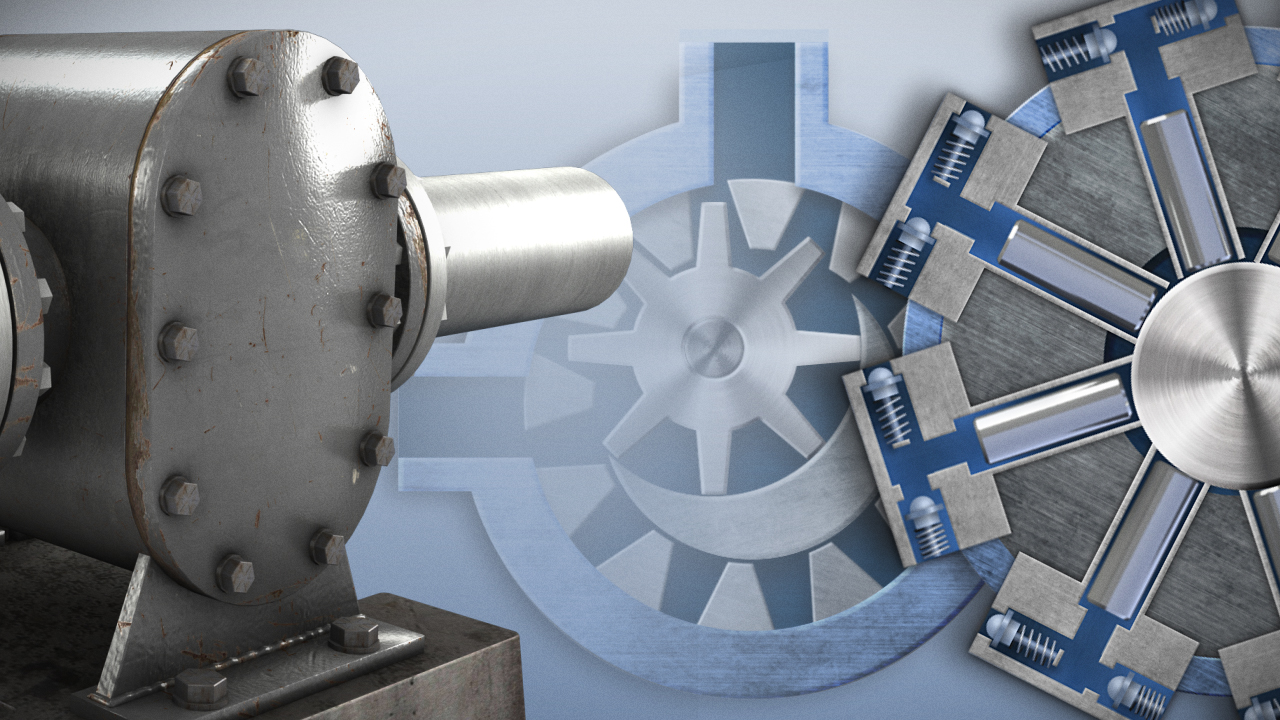
Positive Displacement Pumps
A positive displacement pump works by capturing a given volume of liquid at the suction of the pump, and then mechanically forcing it out of the discharge at a higher pressure. In contrast to centrifugal pumps, in which the flow is affected by downstream pressure, positive displacement pumps (within the limitations of the driver) deliver a nearly constant flow, independent of the downstream pressure. Positive displacement pumps can be categorized as reciprocating or rotary action pumps. This course describes the general characteristics of positive displacement pumps and the principles of operation of various common designs.
Request a demoCourse Details
Learning Objectives
• Describe the significant operating difference between a positive displacement and centrifugal pump
• List the two major classes of positive displacement pumps
• List three types of reciprocating pumps
• Describe the advantages of a multi-cylinder piston pump
• Describe the operation of a pulsation dampener
• List four types of rotary pumps
• Describe the operation of a gear pump
• Describe the operation of a vane pump
• Explain why pressure relief valves are needed on positive displacement pumps
Specs
| Course Level | Intermediate |
| Languages | English |
| Compatibility | Audio, Video, MobileReady |
Course Applies To
Demos + Pricing
Learn more about our courses, get pricing, and see our platform.











